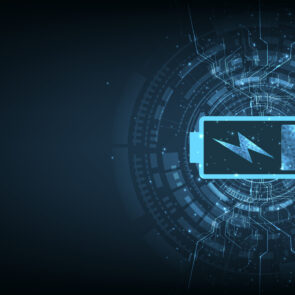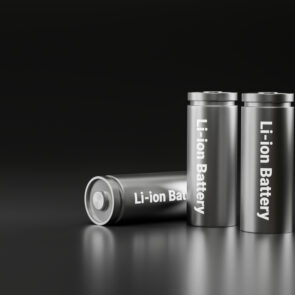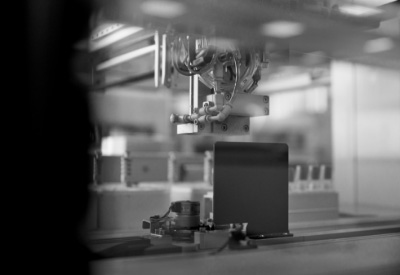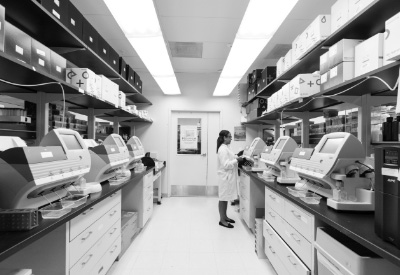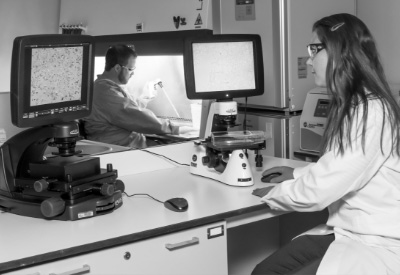In a world increasingly dependent on small, long-lasting power sources for devices ranging from satellites to medical implants, finding an energy solution that can outlast traditional batteries has become crucial. This is where betavoltaics come in—a lesser-known but highly effective technology that generates power through radioactive decay.
A leader in this field, City Labs has developed the NanoTritium™ battery, which uses betavoltaic principles to power microelectronics for 20 years or more.
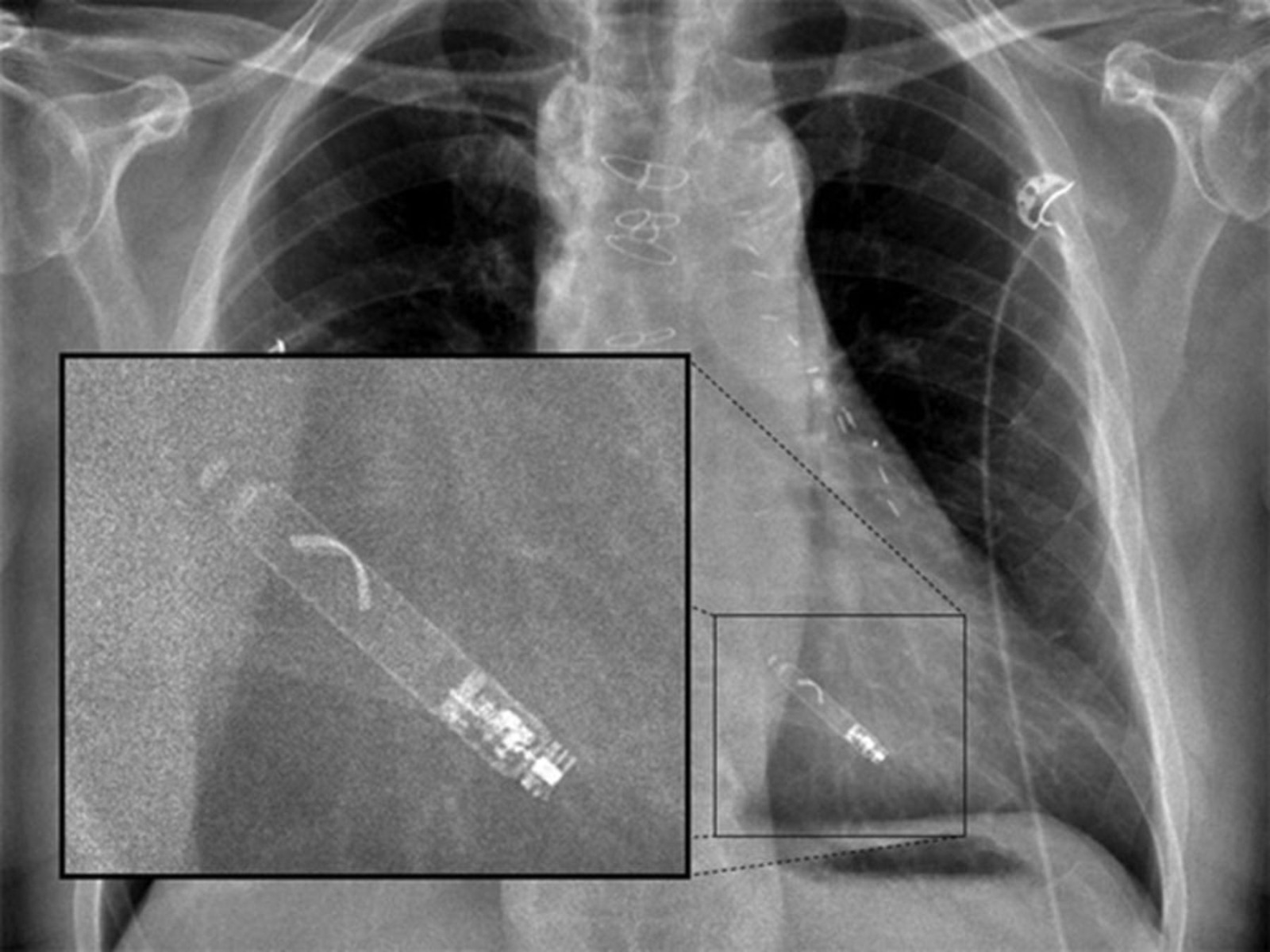
What Are Betavoltaics?
Betavoltaic batteries are a type of nuclear battery that converts energy emitted during the radioactive decay of certain isotopes into electrical energy. The process is similar to how solar panels (photovoltaics) convert sunlight into electricity, but instead of capturing energy from the sun, betavoltaic batteries harness energy from beta particles—high-speed electrons released during the decay process.
At City Labs, tritium is the isotope of choice for this process. Tritium, a safe, low-energy beta emitter, is incorporated into our NanoTritium™ batteries. As the tritium decays, it emits beta particles that interact with a semiconductor material inside the battery, generating a small but steady flow of electricity.
This continuous power supply is ideal for low-power microelectronic devices that need to operate for long periods in extreme or hard-to-reach environments.
A Brief History of Betavoltaic Technology
While betavoltaics may sound like a modern innovation, the technology has roots dating back to the 1950s. In 1953, a preliminary betavoltaic device that used a radioactive source to generate electricity was first described. Although early models had low efficiency and degraded quickly due to radiation damage, interest in the technology persisted.
One of the most notable advancements came in the 1970s when betavoltaic batteries were used to power pacemakers. These batteries, developed under the leadership of Dr. Larry Olsen, provided a long-lasting power source for cardiac patients.
In the early 2000s, City Labs revitalized the technology by developing safe, efficient betavoltaic batteries using tritium. They were later joined by Dr. Olsen, City Labs’ Director of Research. Today, City Labs’ betavoltaic batteries are used in a variety of applications, from satellites to defense equipment.
How Betavoltaic Batteries Work
The science behind betavoltaics may seem complex, but the basic principle is straightforward: as radioactive isotopes like tritium decay, they emit beta particles. These beta particles collide with the semiconductor material inside the battery, knocking electrons free and generating a small electrical current that can be harnessed to power devices.
Because betavoltaic batteries rely on radioactive decay rather than chemical reactions (like most traditional batteries), they offer several advantages. For one, they provide a continuous power supply for decades. This makes them ideal for devices that are difficult or impossible to service, such as satellites, remote sensors, and medical implants. Additionally, betavoltaic batteries are not affected by extreme temperatures or harsh environmental conditions, making them a reliable choice for challenging environments.
Applications of Betavoltaic Technology
One of the biggest advantages of betavoltaic batteries is their versatility. City Labs’ NanoTritium™ batteries, for example, are used in a wide range of industries and applications, including:
- Space exploration. Satellites and other devices in space require long-lasting power sources that can operate for long periods of time in the harsh environment of space. NanoTritium™ batteries provide a reliable solution, powering devices such as sensors and communication equipment for extended missions.
- Medical devices. Medical devices, especially bioimplants like pacemakers benefit greatly from betavoltaic batteries, which can power these life-saving devices for years without the need for replacement surgeries.
- Defense and security. In military and security applications, NanoTritium™ batteries are used to power cryptographic devices, sensors, and other critical technologies that require long-term, maintenance-free energy.
- Industrial settings. Betavoltaic batteries have a variety of industrial applications ranging from deep-sea sensors to environmental monitoring, providing solutions for remote and continuous data collection in locations where traditional power sources would fail.
The Benefits of Tritium-Powered Betavoltaics
Tritium is a particularly attractive isotope for betavoltaic technology because it is relatively benign. Unlike other radioactive isotopes (sometimes called radioisotopes) like plutonium or uranium, which emit more dangerous alpha or gamma radiation, tritium only emits low-energy beta particles. These particles can be easily contained with minimal shielding, making the batteries safe to use in a wide range of applications.
Additionally, tritium has a half-life of 12.3 years, which means that after 12 years, only half of the isotope has decayed. In practical terms, this means that a NanoTritium™ battery will still generate about 33% of its original power output even after 20 years, offering a long-lasting and predictable power supply.
Because betavoltaic batteries generate power through radioactive decay, external conditions like temperature, pressure, or humidity do not affect them. This makes them ideal for environments where traditional batteries would degrade quickly or fail altogether.
Powering the Future
At City Labs, we pride ourselves on continually pushing the boundaries of betavoltaic nuclear battery technology with ongoing research and development. We are hard at work developing the next generation of betavoltaic batteries to deliver even more power and versatility, expanding the potential applications for these remarkable power sources.
Contact us today if you are interested in learning more or would like to join us on our journey.




